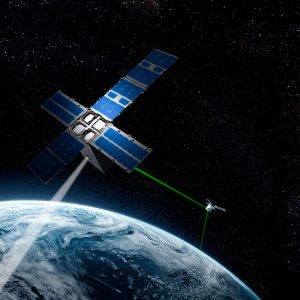
The Space Development Agency (SDA) wants industry proposals for Tranche 1 of the National Defense Space Architecture (NDSA) to be compatible with two out of three fiber optic wave forms. The agency plans to release a draft Request for Proposals for Tranche 1 this summer. "There are three main wave forms used in the fiber optics industry," SDA Director Derek Tournear told a C4ISRNET forum on Apr. 21. "In essence, our Tranche 1 optical standard is going to say we…














